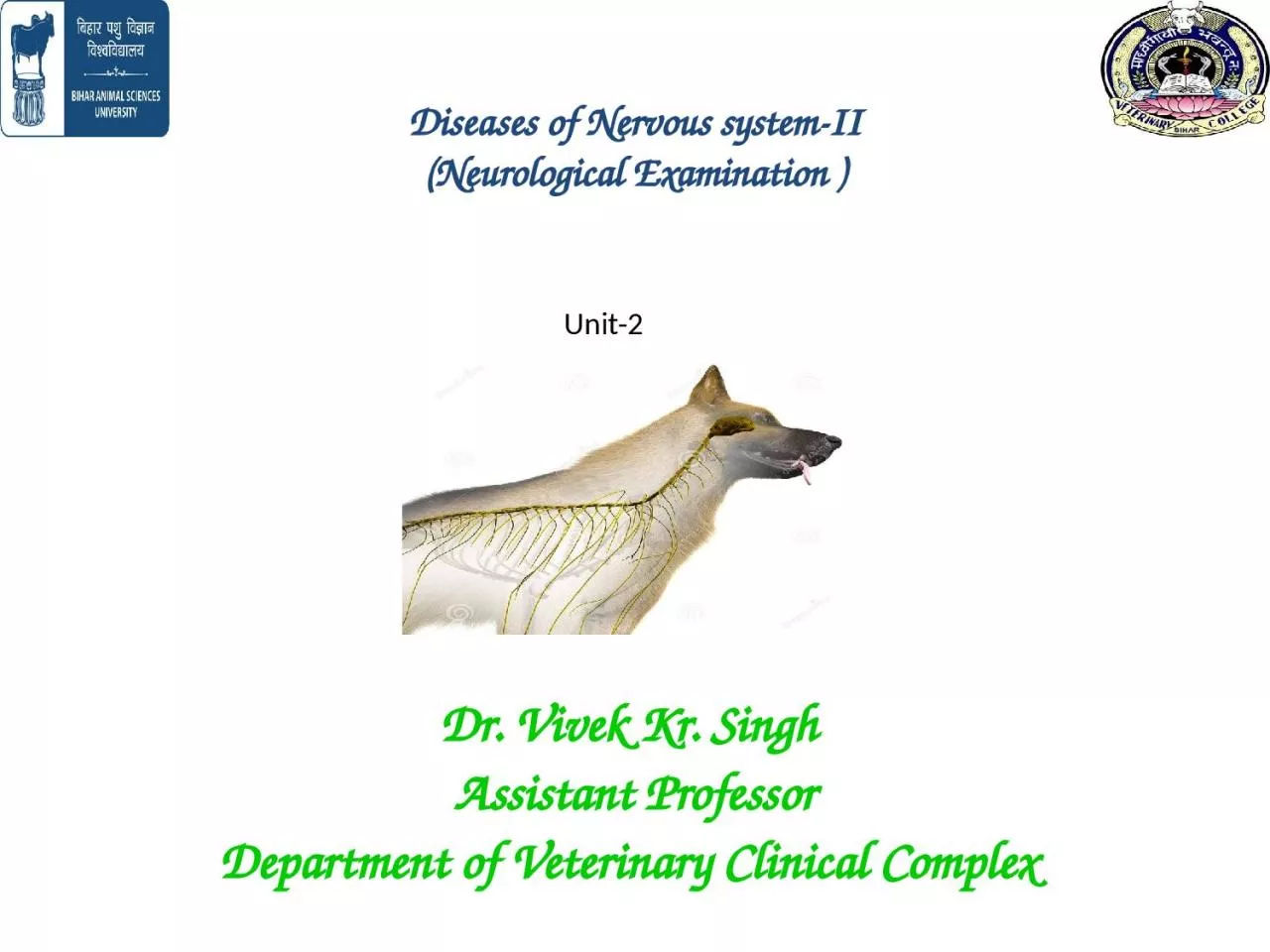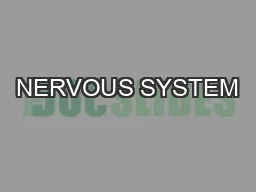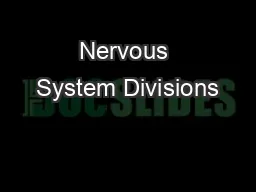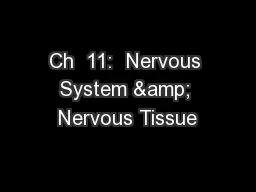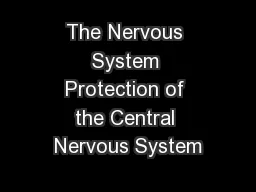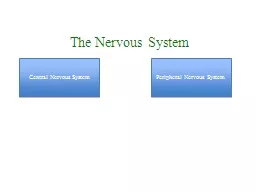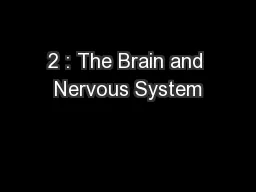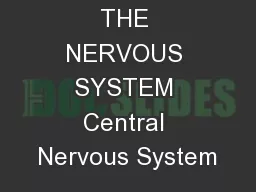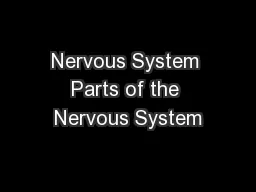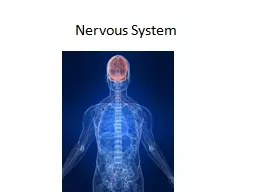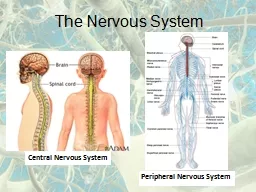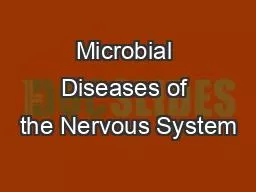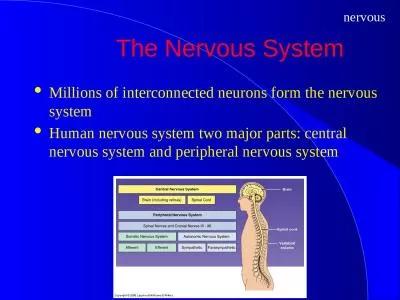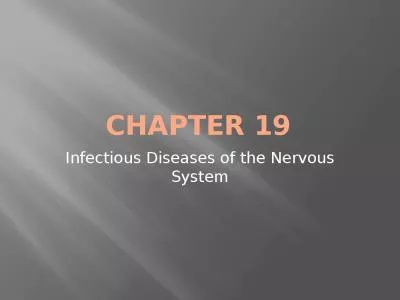PPT-Diseases of Nervous system-II
Author : belinda | Published Date : 2022-06-15
Neurological Examination Dr Vivek Kr Singh Assistant Professor Department of Veterinary Clinical Complex Unit2 Introduction Neurological examination is most rewarding
Presentation Embed Code
Download Presentation
Download Presentation The PPT/PDF document "Diseases of Nervous system-II" is the property of its rightful owner. Permission is granted to download and print the materials on this website for personal, non-commercial use only, and to display it on your personal computer provided you do not modify the materials and that you retain all copyright notices contained in the materials. By downloading content from our website, you accept the terms of this agreement.
Diseases of Nervous system-II: Transcript
Download Rules Of Document
"Diseases of Nervous system-II"The content belongs to its owner. You may download and print it for personal use, without modification, and keep all copyright notices. By downloading, you agree to these terms.
Related Documents

